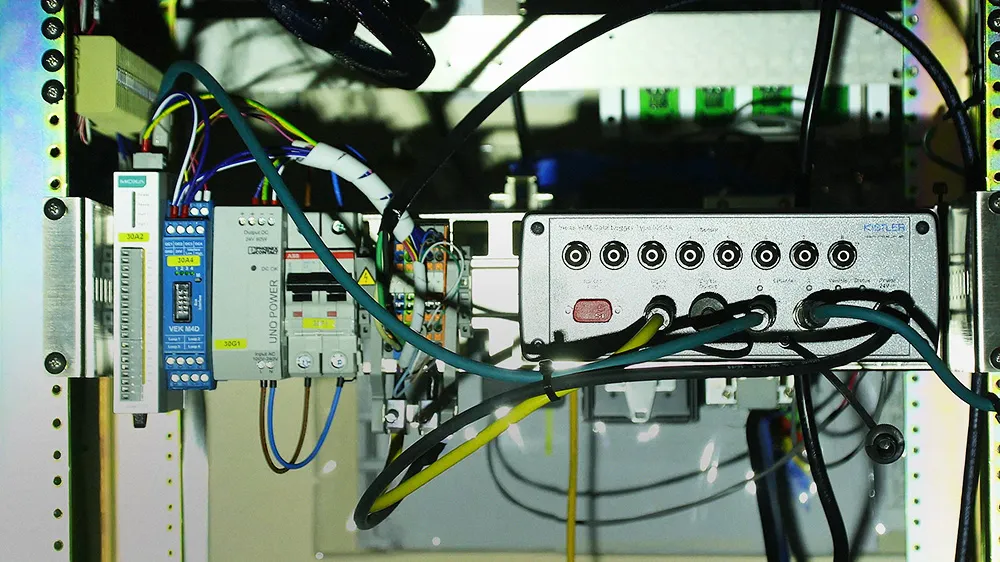Some 96 traffic signal intersections in Phoenix, Arizona, have deployed closed circuit surveillance cameras to supervise traffic, of which 88 intersections use Vivotek cameras. AJP Electric was the programmer and installer of the project covering deployment of Vivotek SD8313E cameras which integrate wide dynamic range (WDR) pro technology and offers a high-performance speed dome network ideal for outdoor surveillance applications.
April 24, 2012
Read time: 1 min
Some 96 traffic signal intersections in Phoenix, Arizona, have deployed closed circuit surveillance cameras to supervise traffic, of which 88 intersections use 5195 Vivotek cameras. AJP Electric was the programmer and installer of the project covering deployment of Vivotek SD8313E cameras which integrate wide dynamic range (WDR) pro technology and offers a high-performance speed dome network ideal for outdoor surveillance applications.
According to Michael Paganik, project manager of AJP Electric, the Vivotek SD8313E “has performed exceptionally well, reliably delivering remarkably clear video footage of traffic at 88 of Phoenix‘s busiest intersections around the clock. Furthermore, the city is looking to install additional Vivotek cameras at other intersections.”
The IP66-rated weather-proof SD8313E camera provides 90° tilt and 360° pan; 36X zoom; and can function in temperatures ranging from -40°C to 55°C. AJP Electric chose Luxriot open architecture video management software (VMS) as the traffic monitoring platform.
According to Michael Paganik, project manager of AJP Electric, the Vivotek SD8313E “has performed exceptionally well, reliably delivering remarkably clear video footage of traffic at 88 of Phoenix‘s busiest intersections around the clock. Furthermore, the city is looking to install additional Vivotek cameras at other intersections.”
The IP66-rated weather-proof SD8313E camera provides 90° tilt and 360° pan; 36X zoom; and can function in temperatures ranging from -40°C to 55°C. AJP Electric chose Luxriot open architecture video management software (VMS) as the traffic monitoring platform.










